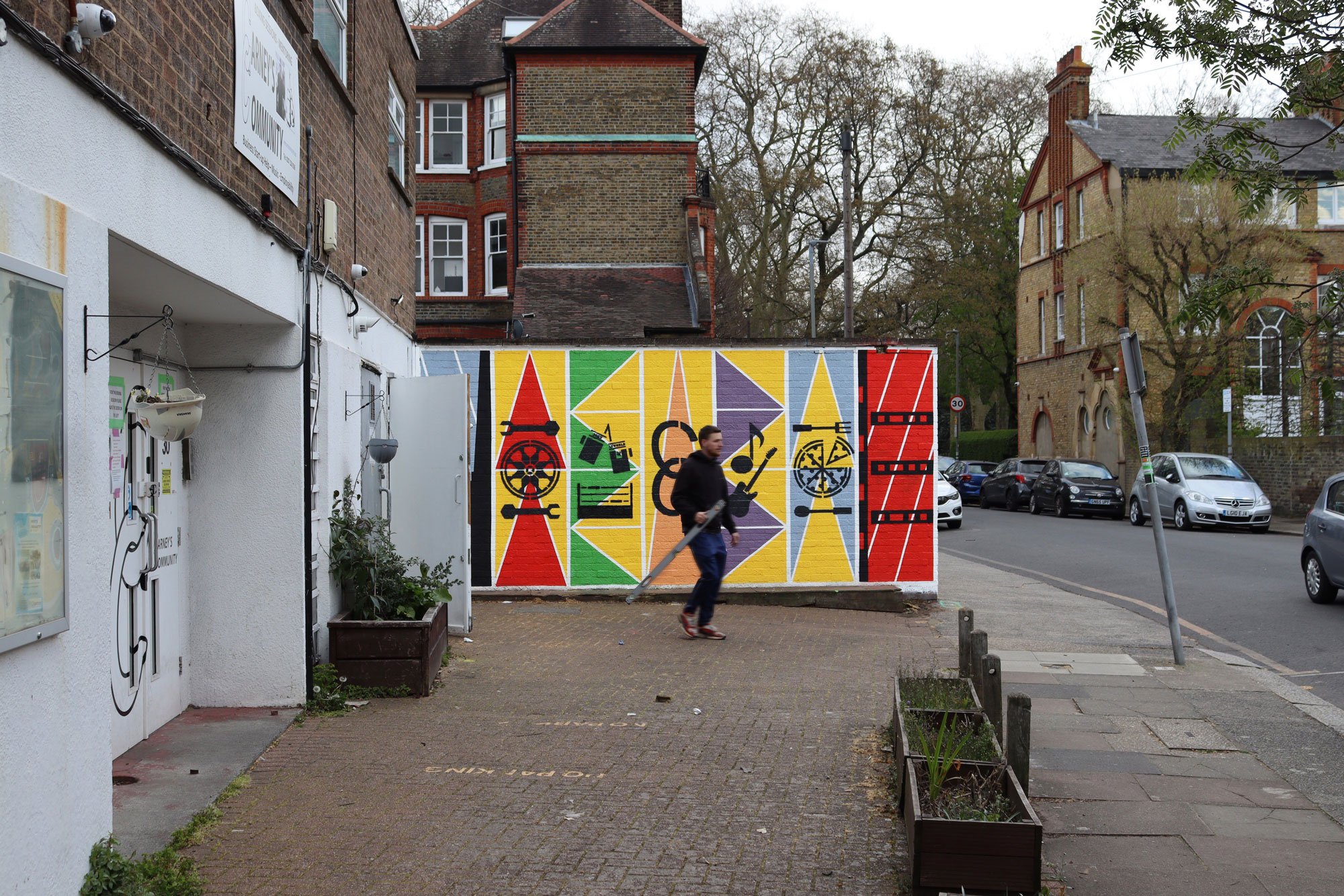
Key details
Date
- 20 July 2021
Author
- Lisa Pierre
Read time
- 3 minutes
Shawn Adams (MA Architecture, 2020) is a writer, lecturer and architectural designer. He is also the co-founder of Power Out of Restriction (POoR), a social enterprise that focuses on the development of communities through the elevation of young people.
POoR have worked with organisations that include the RIBA, Design Museum and Wands.
Shawn cares deeply about creating a voice for those who are underrepresented and endeavours to become an architect who supports marginalised communities. His final year project at the RCA, 'Plinths and Tapestry', focused on local communities in Agbogbloshie, Ghana, and was featured in the Financial Times, Koozarch. It was the winner of the 2020 Architects' Journal Postgraduate Student Prize.
Previously a New Architecture Writer, he has written for VICE, Wallpaper*, ICON and has spoken on news platforms that include Sky and The Guardian. A RIBAJ 2020 Rising Star, Shawn currently teaches BA Architecture at Central St Martins, UAL, sits on the advisory board of Open City’s Accelerate programme and works as a Part II Architectural Assistant at HTA Design LLP.
'Plinths and Tapestry' looks at the settlement area of Agbogbloshie, currently the largest in the world. Why did you decide to look at how the Western world thinks and discards electronics?
Waste is merely a human construct. The idea that something can be worthless is a modern concept. In the Western world, we place efficiency at the centre of value-creation. However, in the case of Agbogbloshie, electronic waste constitutes a vast array of binding agents that connect people to each other, their environment, systems of belief, perceptions, and everyday practices. At the project's heart sits the ambition to reinstall the ways in which materials are perceived and to provide spaces for new values to emerge.
Architecture is both the process and the product of planning, designing, and constructing buildings or other structures. Your project questions how we can look beyond conventions of value. Is this the direction you want your practice to focus on?
Within my practice, I aim to unravel the unspoken, marginalised and underrepresented narratives of communities around the world. I aim to bring those that lie on the periphery to the centre stage. Amplifying the voices that often go unheard.
‘Plinths and Tapestry’ employs a unique formal, spatial and material language that draws on the one hand, from its etymological roots in Ghanaian culture (e.g. Ashanti gold weights and umbrellas); and, on the other hand, from the global and highly personal remnants of electronic waste. Does it highlight that one man's trash is another man's treasure?
From afar, Agbobloshie appears to be a chaotic settlement. However, when you zoom into the site you begin to realise that by rejecting the one-dimensional values often associated with electronics, the Burner boys are liberating materials and creating new opportunities. The project is about learning and observing because the Burner Boys already respond to their own necessity and already carve out their own spaces.

You won the Architects' Journal (AJ) Post-Graduate Student Prize 2020 and RIBAJ Rising Star in a year when identity was a major thread in our lives. What did this mean to you?
These are both massive achievements that I was incredibly humbled to receive. Over the last few years, I have really pushed myself and worked hard so it was great to achieve these awards. They are a testament to my strong work ethic.
Tell us about why you co-founded Power Out of Restriction (the POoR Collective)?
Having experienced first-hand the struggles that working-class youth face in modern society, we started POoR with the aim to provide young people with opportunities to thrive. Young people are usually absent in the development of their cities and even fewer think they have the power to change this. Furthermore, with the slashing of youth facilities coupled with the high price of entry for further education in the UK, young people often feel as if they are set to fail. POoR sets out to change this through design, skill sharing and knowledge exchange.
What areas do you think that young people and communities need the most support on currently?
Young people need genuine opportunities and to have a real stake in their local community. Over the last 10 years youth in the UK have increasingly been stripped of opportunities and facilities. What they need are people that want to platform their voices and don’t have a self-centred agenda. Through POoR I aim to provide young people and communities with the support they are desperately asking for from large unwavering organisations.

